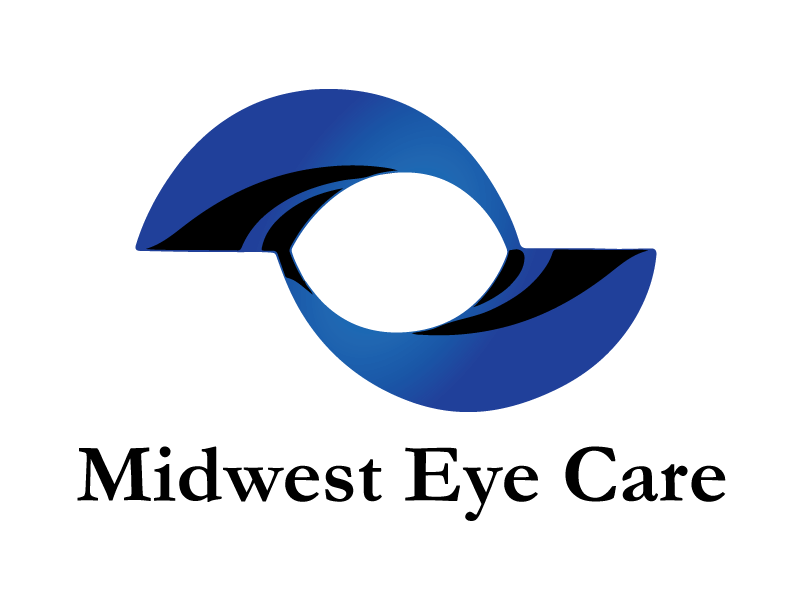Photodynamic therapy
In 2000, the FDA approved a treatment option for wet macular degeneration called Visudyne therapy. In this procedure, a light-activated drug known as verteporfin is injected into the bloodstream. Once the drug reaches the retina, it is activated by a non-thermal laser (a laser that does not burn the retina). This activation produces a clot that closes the abnormal vessels without causing damage to the overlying sensory retina. The abnormal blood vessels may return after several months. However, Visudyne therapy can be reapplied at up to three-month intervals if necessary.
The effectiveness of Visudyne for individual patients is not assured. In clinical trials preceding FDA approval, 46% of patients treated with Visudyne therapy lost less than three lines of vision (15 letters) on a standard eye chart compared to 33% of patients treated with a placebo. And when it came to severe vision loss, 70% of Visudyne patients lost less than six lines (30 letters) compared to 53% of placebo patients. Consequently, approximately 15% more patients treated with Visudyne were able to delay future vision loss compared to patients treated with a placebo.
Visudyne is only approved for certain types of wet macular degeneration, so a retinal specialist will determine if the therapy is appropriate for you. The retinal specialists at Midwest Eye Care were clinical investigators for the FDA Phase III trial of Visudyne therapy.
Verteporfin, the drug used in Visudyne therapy, is also used for chemotherapy and is quite expensive. While Medicare and most other insurers do cover the cost of the drug and the laser for specific indications, the patient may still have an out-of-pocket cost with this procedure.
Photocoagulation
A laser procedure called photocoagulation can be helpful in treating diabetic retinopathy, retinal vein occlusions, and wet macular degeneration. For diabetic retinopathy and retinal vein occlusions, a powerful beam of laser light is focused on the damaged retina. Small bursts of the laser’s beam seal leaking retinal vessels to reduce macular edema.
For abnormal blood vessel growth (neovascularization) related to wet macular degeneration, the laser beam bursts are scattered throughout the side areas of the retina. The small laser scars reduce the abnormal blood vessel growth and help bond the retina to the back of the eye, preventing retinal detachment.
Photocoagulation may also be used to attach the retina to the back of the eye in the event of a retinal tear. In cases of retina tears or slight detachments, a gas bubble injection may also be used in conjunction with photocoagulation.
The drawback to photocoagulation is that it typically causes scarring which leads to a small amount of vision loss. However, photocoagulation is typically used when the patient is facing a significant vision loss, so the minor scarring is preferable to the alternative.
Laser surgery is typically performed as an outpatient procedure in a surgery center. A numbing drop is applied to the eye before laser surgery, but very few patients report pain associated with the procedure.
Cryotherapy
Cryotherapy is a ‘cold’ laser procedure used to treat retinal tears, to destroy abnormal blood vessels and to stop bleeding vessels. A metal cryotherapy is placed on the eye and directed at the area of the retina to be treated. The probe is cooled through the rapid expansion of gases within the tip, and the retina is treated.
Laser photocoagulation often can’t be performed until blood in the vitreous settles or clears. Like photocoagulation, cryotherapy creates macular scarring, but is often an effective treatment.

